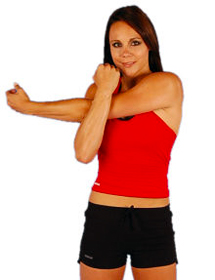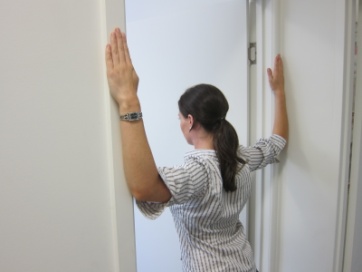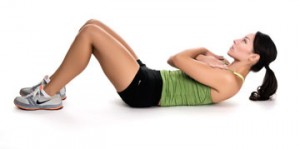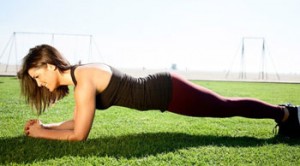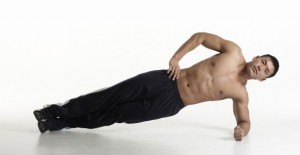I’m not going to beat around the bush. The human body, especially the lower spine, was not designed to withstand the stresses the golf swing places on it. As a recreational golfer, there is no sense in letting your pastime harm your health.
Stress on the back in golf is caused by leaning forward, twisting, and bending to the side. There is also compression, which is the weight of your upper body bearing down vertically on your spine.
You can’t eliminate these stresses, but, except for compression, you can minimize them. Here are a few ways to do that.
NOTE: If you have low back pain right now when you play, something is wrong. Please see a doctor to find out what that is. Continuing to play golf could be making a problem worse.
1. Slow down your swing, including the part where you swing through the ball. All the forces being applied to your back multiply when you swing through the ball, and they the faster you swing, the more force they load onto your lower back.
2. Stand a little closer to the ball. Not a lot, just a few inches. This will put you in a more upright posture and reduce the unsupported mechanical stress that leaning forward places on your lower back. The lie angles of your irons might need to be adjusted, depending on how much closer you set up.
3. Turn your right foot out. To get more hip turn, turn your right foot out 10 degrees or so. Not too much, because you will create problems for yourself on the throughswing. But do not leave that foot square, like Ben Hogan wanted you too.
4. Take a narrower stance. This frees up the hips to turn more, reducing the amount you twist your spine. This point also helps minimize lateral bending, since your right side is now closer to the ball.
5.Play the ball in the center of your stance when it is on the ground. If the ball is too far forward, you will need to put more lateral bend in your back to go get it.
6. Take a shorter backswing. Use the backswing you would use for an 80-yard pitch. This will prevent you from twisting your spine too much, too. Jim McLean wants you to have a big X-factor so you can hit the ball a long way. Your back does not like a big X-factor.
7. Let the left heel float. If it comes off the ground, fine. If it stays there, fine. Just don’t glue it to the ground. Let it do what it wants to do.
8. Let the right leg straighten on the backswing. I know, everybody these days wants you keep the angle in it you had at address. Allowing the right leg to straightening lets you turn your right hip back more, reducing your X-factor. This will not hurt your ball-striking once you get used to it.
9. Keep your weight balanced through impact. Let your weight go left after you have hit the ball, but not before. Putting the weight left early creates excess lateral bending, because while the lower body is going left , the upper body has to stay back where it was until you have hit the ball. There will always be some lateral bending at impact. Just don’t overdo it.
10. Swing the club with your hands, both hands equally. Swing like you one have one clump of hands on the club, not two separate ones. This not only a better way to swing, for technical reasons, but it will prevent you from trying to hit with your right hand, which can induce lateral bending.
11. Finish upright. Your torso should be straight up and down at the finish, not learning toward the right. A line running down the front of your torso and left leg should be straight — no bending your torso backward, or bowing your left leg.
This comprehensive but somewhat technical article from the medical literature explains in detail the relation between golf and low back pain. It would serve you well to read it. (Accessed July 4, 2016.)
[August 2019. In the comment section, I refer to Natalie Gulbis, whose back-unfriendly swing led to back surgery. As of this date, she has had four back surgeries.]





